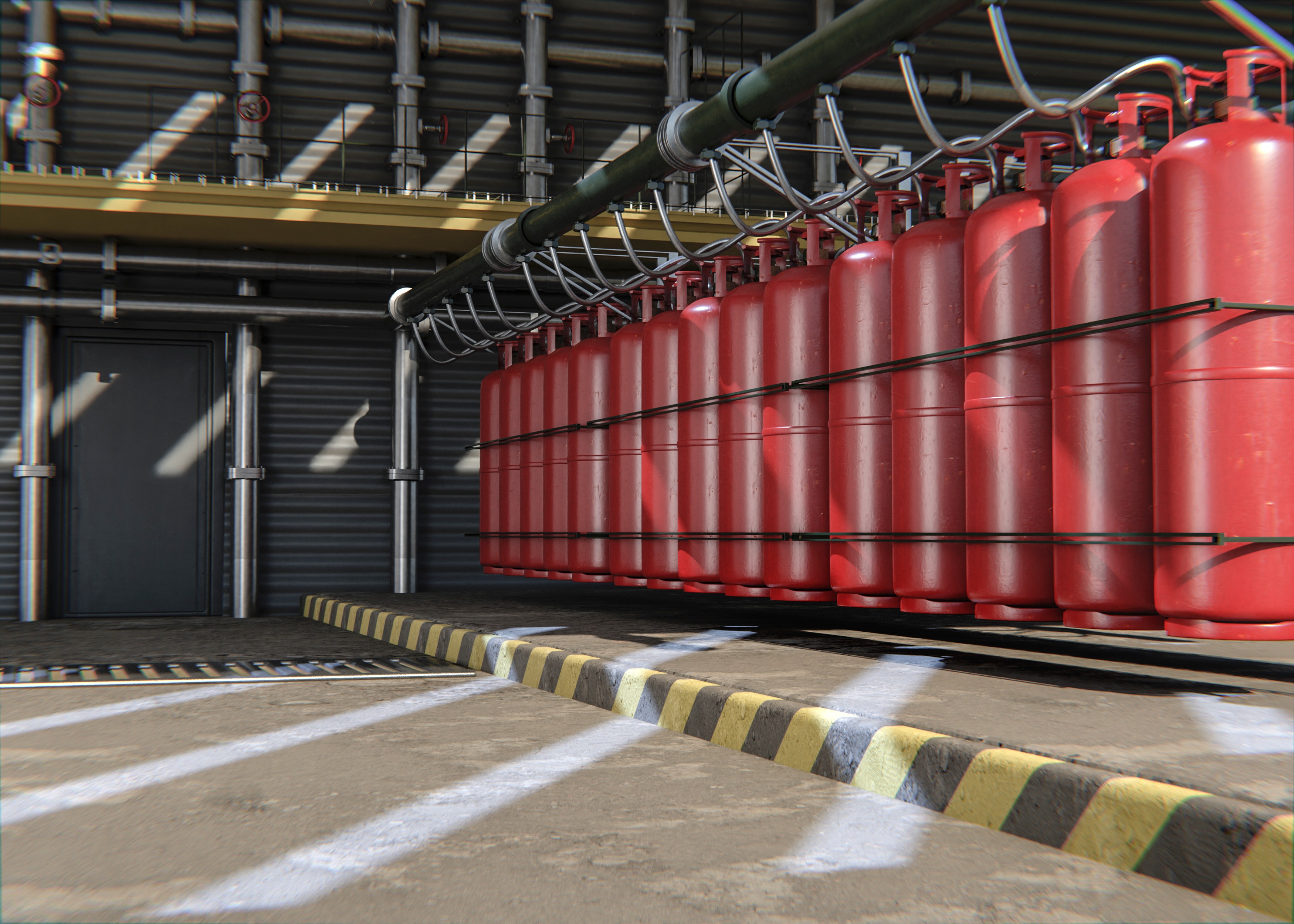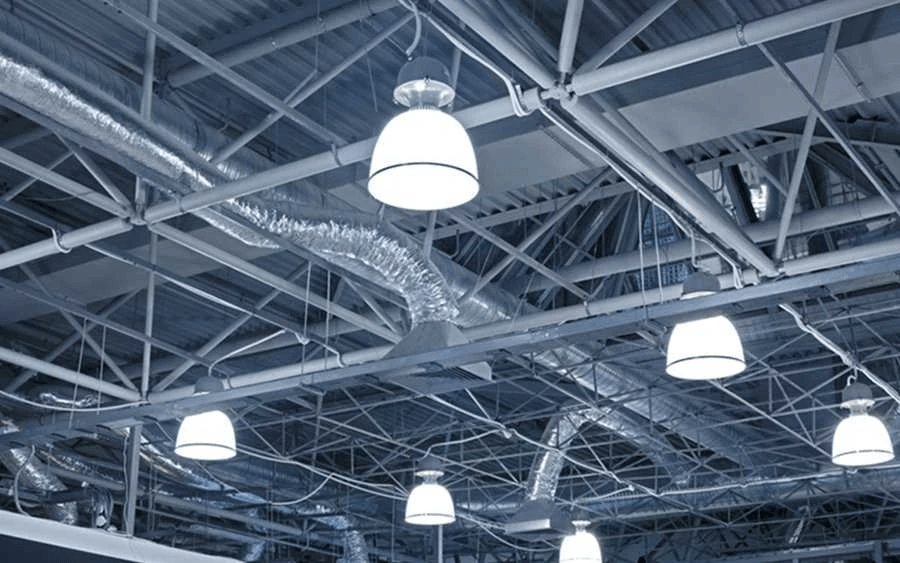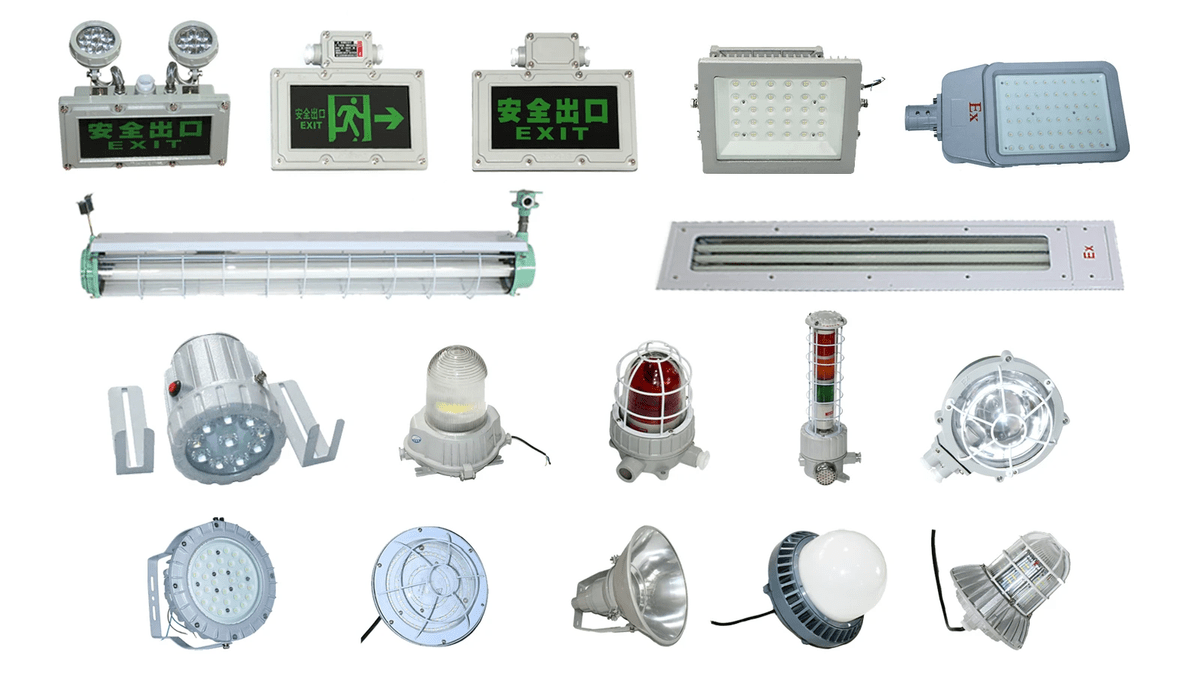Introduction

Gasoline is a commonly used fuel, but have you ever wondered why it's so explosive? Understanding the science behind gasoline's flammability is crucial for safety. From gas station lights to proper handling, there are important precautions to take around this highly flammable substance. Knowing gasoline's flammability can help prevent accidents and ensure safe use.
Understanding the Science Behind Gasoline Flammability
Gasoline's flammability is primarily attributed to its chemical composition and the behavior of its vapors.
Gasoline is highly flammable due to several key factors:
- Chemical Composition: Gasoline contains volatile hydrocarbons that readily ignite when exposed to a heat source.
- Vapor Formation: Gasoline releases flammable vapors that can accumulate in enclosed spaces, creating a potentially explosive mixture.
- Flash Point: This is the lowest temperature when gasoline gives off enough vapor to ignite. Gasoline has a very low flash point, making it susceptible to ignition.
- Ignition Sources: Sparks, flames, or static electricity can ignite gasoline vapors, leading to a fire or explosion.
Understanding these factors is crucial for preventing gasoline-related accidents and ensuring safe handling practices.
Hazards of Gasoline and How to Stay Safe Around It
Gasoline poses various hazards, including fire and explosion risks when exposed to heat or sparks. Proper storage and handling are crucial for minimizing these dangers and understanding the importance of gas station lights in preventing accidents. Led gas station lights play a key role in reducing flammability risk and ensuring safer environments.
The Importance of Knowing the Flammability of Gasoline
Understanding what hazard class gasoline falls under and its regulation is vital for safety compliance. Additionally, knowing about flammable gases helps recognize their potential risks. Debating myths about gasoline not being flammable when mixed with water is also important, as accurate knowledge about its properties is essential for safety.
What Makes Gasoline Flammable

Gasoline is flammable due to its chemical composition, which primarily comprises hydrocarbons. These hydrocarbons are highly combustible, making gasoline a volatile and flammable substance. Carbon and hydrogen atoms in gasoline molecules contribute to their flammability, as these elements readily react with oxygen in the air when exposed to an ignition source.
The Chemical Composition of Gasoline and Its Flammability
Gasoline comprises various hydrocarbons such as alkanes, cycloalkanes, and aromatic hydrocarbons. These compounds contain high levels of energy stored within their molecular bonds, which can be released through combustion when exposed to heat or a spark. This energy release makes gasoline highly flammable and capable of igniting significant amounts of heat and light.
The high volatility of gasoline also contributes to its flammability. As gasoline evaporates, it produces vapors that can easily ignite when exposed to a flame or spark. These vapors are heavier than air which can accumulate in low-lying areas such as the ground or inside containers, increasing the risk of combustion. Additionally, the wide range of hydrocarbons in gasoline means that different components evaporate at different rates, further adding to the complexity of their flammability.
The Role of Vapors in Gasoline's Flammability
Gasoline vapors pose a significant fire hazard due to their flammability. These invisible gases are heavier than air, making them prone to accumulating in low-lying areas. To understand this risk better, consider the following:
- Vapor Ignition: Gasoline vapors ignite easily when mixed with air in the right proportions.
- Flash Point: Gasoline's flash point, the temperature at which it produces ignitable vapors, increases in warmer conditions.
- Accumulation: The heavier-than-air nature of gasoline vapors makes them susceptible to pooling in confined spaces.
Proper ventilation and eliminating ignition sources are essential to prevent fires caused by gasoline vapors.
Understanding Flash Point and Ignition Sources
The flash point of gasoline refers to the lowest temperature at which it can vaporize enough to form an ignitable mixture with air near its surface. Any heat source exceeding this temperature can potentially ignite the gasoline vapors present. Common ignition sources include open flames, sparks from electrical equipment, hot surfaces, static electricity discharges, and even lit cigarettes.
In addition to the common ignition sources mentioned, it's important to be aware of potential hazards when refueling at gas stations. For example, static electricity can build up when you're getting in and out of your car, which could spark a fire if it comes into contact with gasoline vapors. It's also crucial to avoid using electronic devices while refueling, as any sparks from these devices could ignite the gasoline vapors. Additionally, it's recommended to always turn off your vehicle's engine while refueling to minimize the risk of ignition.
Safety Measures at Gas Stations

Gasoline is flammable due to its chemical composition and the presence of vapors that can easily ignite, making it crucial to implement safety measures at gas stations. Gas station lights play a significant role in preventing accidents by providing adequate visibility for drivers and workers, reducing the risk of mishandling gasoline.
Led gas station lights are an excellent choice for reducing flammability risk. They emit less heat than traditional lighting, minimizing the potential ignition of gasoline vapors. These lights also offer energy efficiency and durability, making them a cost-effective solution for enhancing safety at gas stations.
Proper storage and handling are essential to prevent accidents at gas stations. This includes ensuring gasoline is stored in approved containers and that spillages are promptly cleaned up to avoid the buildup of flammable vapors. Additionally, regular equipment maintenance and employee training on safe handling practices are crucial in minimizing the risk of accidents.
Hazards and Regulations

Gasoline is classified as a Class 3 flammable liquid by the Department of Transportation, meaning it has a flash point of less than 100 degrees Fahrenheit. It is regulated under strict guidelines to ensure safe handling and transportation, as any mishandling can lead to disastrous consequences.
Understanding the classification of flammable gases is crucial for safety measures. Flammable gases are categorized based on their ignition temperature and flammability range, with some being more volatile than others. This knowledge helps implement appropriate safety protocols when dealing with these gases.
Compliance with safety standards in handling gasoline is essential to prevent accidents and ensure the well-being of individuals and the environment. From proper storage in approved containers to following guidelines for transportation, adherence to safety regulations is paramount in minimizing the risk associated with gasoline.
Misconceptions and Myths

Debunking myths about gasoline not being flammable when mixed with water: One common misconception is that gasoline loses its flammability when mixed with water. In reality, gasoline remains highly flammable even when mixed with water due to its chemical composition. A small amount of water does not significantly affect the flammability of gasoline, making it important to handle it with caution at all times.
Common misconceptions about the flammability of gasoline: Another misconception is that gasoline only becomes flammable when it comes into contact with an open flame. However, the truth is that gasoline's vapors are highly flammable even at room temperature, making it crucial to store and handle it properly to prevent accidents. Understanding the science behind why gasoline is flammable can help dispel these myths and promote safer practices.
Addressing misinformation about gasoline and its flammability: There is a widespread belief that there's no risk of fire or explosion as long as you don't directly touch a pool of spilled gasoline. This misinformation can lead to complacency around handling and storing gasoline, increasing the likelihood of accidents. It's important to educate individuals on the potential risks associated with mishandling or underestimating the flammability of gasoline to ensure safety in any environment.
Ex-Proof Manufacturing and Safety

Ex-proof manufacturing plays a crucial role in ensuring safety in environments where flammable gases like gasoline are present. Jinrong has been a leader in this industry for 27 years, providing top-notch solutions for hazardous areas. Their expertise in ex-proof lighting series and electrical equipment is unmatched, making them a go-to choice for businesses prioritizing safety.
Jinrong's 27 Years in Ex-Proof Manufacturing
Jinrong's extensive experience in ex-proof manufacturing speaks volumes about their commitment to safety. With a proven track record of providing reliable solutions for hazardous environments, they have earned the trust of industries worldwide. Their longevity in the field is a testament to their dedication to quality and innovation. Furthermore, Jinrong's expertise in ex-proof lighting series and electrical equipment sets them apart as leaders in the industry. Their in-depth knowledge of designing and producing equipment that meets stringent safety standards ensures that their products are not only effective but also compliant with regulations.
Diving Into the Expertise of Ex-Proof Lighting Series and Electrical Equipment
Jinrong's ex-proof lighting series and electrical equipment are designed with precision and attention to detail. These products are specifically engineered to minimize the risk of ignition in explosive atmospheres, ensuring the utmost safety for workers and facilities. Jinrong's range of offerings caters to diverse industrial needs, from explosion-proof LED fixtures to robust electrical enclosures.
Furthermore, Jinrong's ex-proof lighting series and electrical equipment are designed for safety, durability, and reliability. The materials used in constructing these products are of the highest quality, ensuring long-lasting performance even in harsh industrial environments. This commitment to excellence sets Jinrong apart as a trusted provider of ex-proof accessories and certified products.
Ensuring Safety with Ex-Proof Accessories and Certified Products
Using certified ex-proof accessories is non-negotiable in hazardous environments where flammable gases are present. Jinrong's lineup of accessories, including cable glands, control stations, and junction boxes, adhere to strict safety standards and certifications. This ensures that all components within the hazardous area are intrinsically safe and compliant with regulations.
Moreover, Jinrong's ex-proof accessories are designed for easy installation and maintenance, reducing downtime and ensuring continuous operation in hazardous environments. The high-quality materials used in the manufacturing process guarantee durability and reliability, even in the most challenging conditions. With Jinrong's certified products, companies can have peace of mind knowing that their equipment is up to standard and will keep their employees safe.
Stay Informed About the Flammability of Gasoline for Safety

Gasoline is flammable due to its chemical composition, which includes hydrocarbons that readily ignite. For safety reasons, it's crucial to stay informed about gasoline's flammability. Understanding why gasoline is flammable can help individuals make informed decisions when handling or storing it.
Staying informed about why gasoline is flammable is essential for everyone's safety. This knowledge can help individuals recognize potential hazards and take necessary precautions to minimize the risk of accidents around gasoline.
Understanding gasoline's properties and flammability can also help individuals make informed decisions about the proper handling and storage of this volatile substance. By knowing why gasoline is flammable, people can take steps to ensure it is stored in appropriate containers and a safe location away from potential ignition sources. Additionally, being aware of the risks associated with gasoline can prompt individuals to use caution when refueling vehicles or operating machinery that uses this fuel.
Importance of Proper Handling and Storage of Gasoline
Properly handling and storing gasoline is essential for preventing accidents. Gas stations can significantly reduce fire risks by implementing safety measures, including high-quality lighting.
- Adequate Illumination: LED gas station lights provide excellent visibility, reducing the chance of accidents during fueling.
- Regular Tank Inspections: Gas station owners should conduct routine inspections of fuel storage tanks to identify potential issues, such as leaks or damage.
- Emergency Preparedness: It is crucial to have fire extinguishers readily available and employees trained in emergency procedures to respond to incidents promptly.
By prioritizing safety through proper gasoline handling, storage, and adequate lighting, gas stations can create a safer environment for customers and employees.
Taking Necessary Precautions to Minimize the Risk of Accidents Around Gasoline
Understanding what hazard class gasoline falls into (Class 3) and what flammable gases can guide individuals in complying with safety standards when handling it. Additionally, debunking myths like gasoline not being flammable when mixed with water is important to ensure accurate information prevails.

